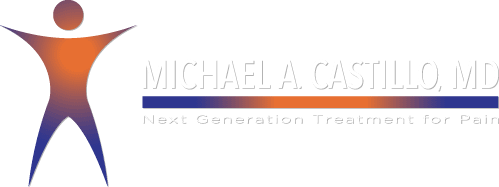Exercising with Lower Back Pain
Should You Work through the Pain? If you suffer from a lower back condition—like a lumbar herniated disc or spinal stenosis—your doctor will likely recommend exercise as part of your treatment program. But what should you do if your exercise regimen exacerbates your lower back condition? Should you work through the pain? Soreness vs. pain related to a lower back condition Before we talk about whether you should work through your lower back pain, let’s quickly look at the difference between soreness and pain related to a lower back condition. Minor soreness is a natural result of exercise, and it is especially prominent…

